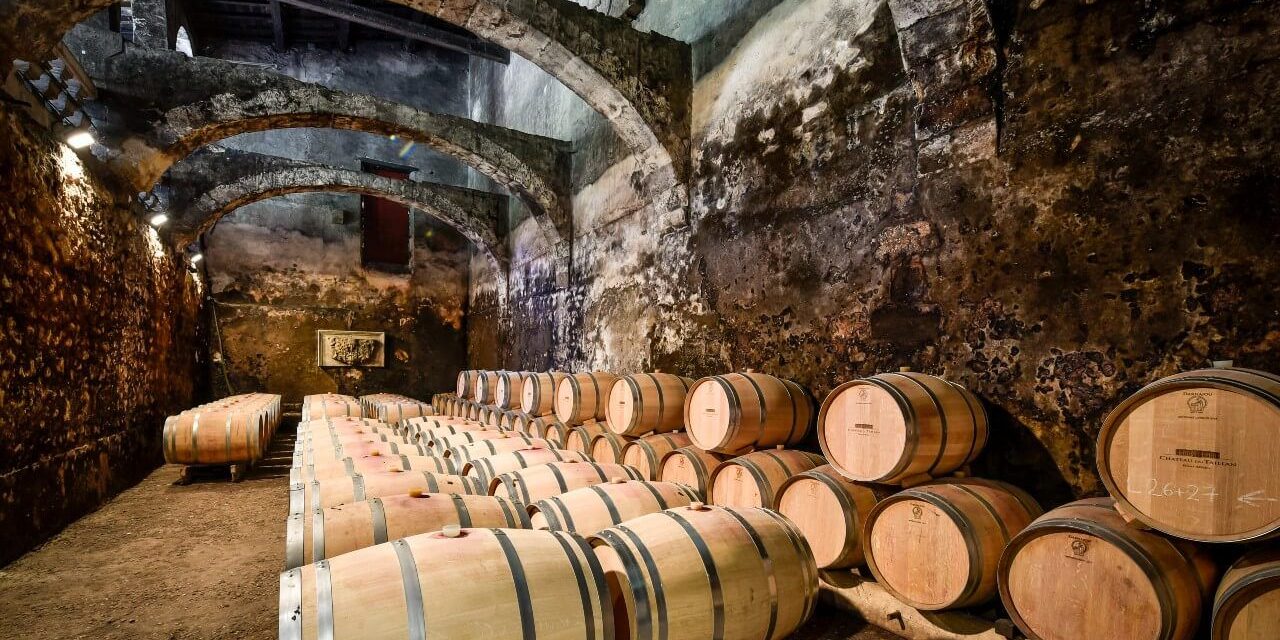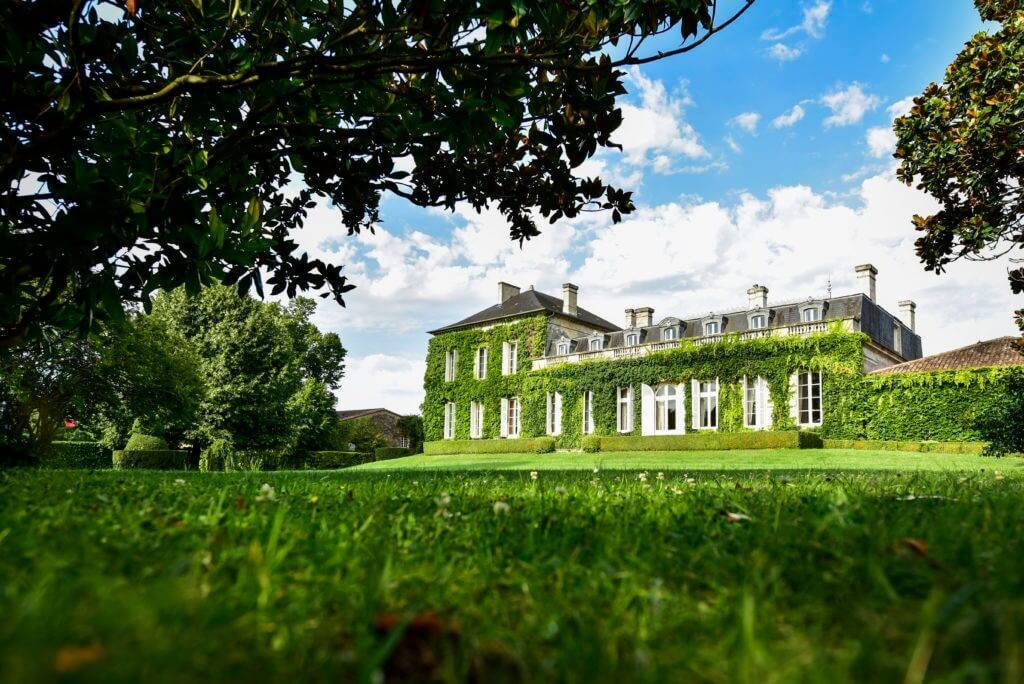by Mary Dardenne | Wine Tourism Specialist
The Medoc represents 15% of the Bordeaux region, but as far as its reputation goes, it hits well above its weight due in part the classification that defined the quality of the region in 1855. This is often what the world thinks of when it thinks Bordeaux.
The region is to the West of the Garonne River and Gironde estuary. These are the closest vineyards to the ocean, with the lowest elevation, just forty meters above sea level at the highest point. It is divided into two regional wine appellations: Medoc to the North, Graves to the South
The Medoc is probably the most famous region of Bordeaux but it is also one of the youngest. This low lying, flat peninsula in between the Atlantic Ocean and the Garonne estuary was only drained in the 17thcentury by Dutch engineers to clear the marsh land for agricultural use. Once drained the soils were revealed as gravel, just like the Graves to the South where the most expensive wines of the day were grown. This was a time of great prosperity mainly in the hands of merchants who bought up the land and planted large estates. Under their commercial management they quickly became successful and were shipped by their owners to the thirsty Northern European markets. This success was crowned by the 1855 classification and they have remained a benchmark style for Bordeaux wines to this day.
There are eight appellations within the Medoc region. The two regional appellations are Medoc to the north and Haut-Medocto the south. Within the Haut-Medoc there are 6 villages from north to south they are: Saint-Estèphe, Pauillac, Saint-Julien, Moulis-en-Medoc, Listrac-Médoc, Margaux.
This narrow band, up to just five kilometres wide, is dominated by low-lying, well-drained, warm gravel giving ideal ripening conditions for the thick-skinned Cabernet Sauvignon. The 1855 classified growths of the Medoc represent about twenty per cent of the production. They are concentrated closest to the Garonne and the Gironde where the soils have the deepest, whitest gravel, giving the best conditions for Cabernet Sauvignon to ripen giving wines with power, elegance and ageing potential.
But not all the Medoc is from this area, Cabernet driven, or expensive. Wine is made across the peninsula on higher cooler soils with a mix of Gravel, sand, clay and limestone – soils that allow a diversity of grape varieties and a diversity of wine styles. Alongside the 1855 classification you can find Cru Bourgeois, Cru artisans, and independent growers.
Created in 1932, the Cru Bourgeois enjoyed three levels of quality: Cru Bourgeois Supérieur and Cru Bourgeois Exceptionnel. In 2007, a new classification was established. The three-tier hierarchy was abolished, and properties were either classified as Cru Bourgeois or “not,” and every vineyard has to reapply for the classification with each vintage. The last classification, in September 2017, included 271 properties.
There is no denying that in a group of almost 300 properties, there will be variation in quality. As of the 2018 vintage, which will be on the market in 2020, the classification will reintroduce a hierarchy.
The other historic classification in the Medoc that is on the move is Les Crus Artisans. You may be even less familiar with this classification; there are fewer properties involved and they tend to be smaller so not always easy to find on export markets. Despite this being a historical term, the first official Cru Artisan classification dates from 2006 when 44 properties were included. An artisan winemaker is defined as a producer who is responsible for the entire production process: vineyard work, vinification, aging of the wine, bottling, packaging, and sales. Behind every Cru Artisan there is an owner who is fully involved in the vineyard, in the cellars, and in the salesroom.
These 3 classifications make up about 50% of the Medoc the remainder is made up of independent growers and cooperatives. There is more to the Medoc than history and tradition – innovation and approachability in style and price are made here too – keep a look out for them.
About Mary Dardenne: A Wine tourism specialist, Mary was born in Texas but has lived and worked in Bordeaux for over 20 years. She is a graduate of the highly regarded Bordeaux Oenology faculty’s course at the Institute of Vines and Wine Science known as the DUAD (Diplome Universitare d’Aptitude a la Degustation). Mary is an Accredited Bordeaux Tutor, lecturing at the Ecole du Vin de Bordeaux (Bordeaux Wine School), and teaching wine marketing though tourism at the Bordeaux based INSEEC University Masters level. Her years organizing the wine tourism and education program for the Cazes family at Chateau Lynch Bages have given her a sound experience in both wine and hospitality sectors. Since 2009 she has run Decanter Tours, a successful wine tour agency, based in Bordeaux and centered around wine education in a fun and relaxed atmosphere.








